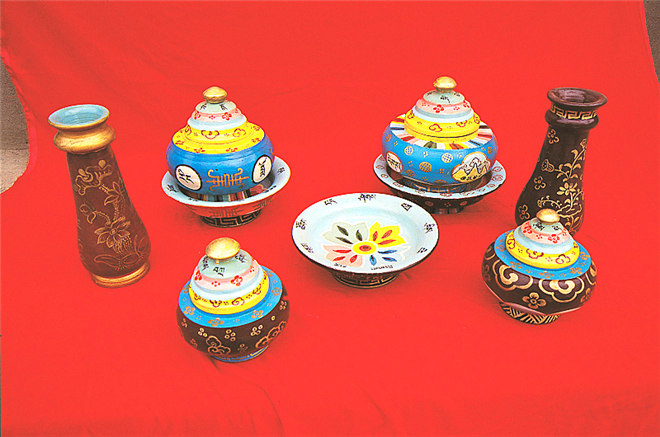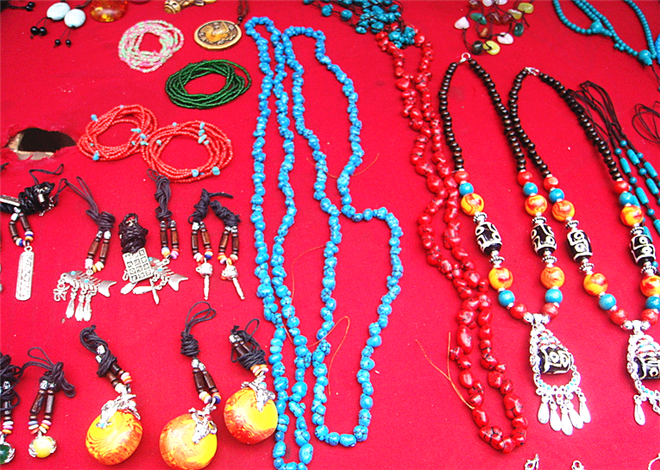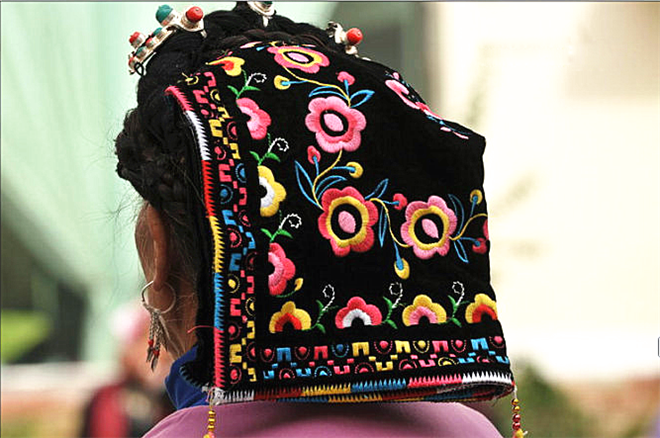Tibetan Arts and Crafts
Utensils are necessary to extend the function of human organs and enhance the ability of life. As early as 3,000 BC to 4,000 BC, the Tibetan ancestors began to make all kinds of food and drink utensils needed for daily life to enhance living ability. Throughout history, the Tibetan people brought their intelligence and wisdom into full play and created a rich diet utensil culture.

Tibetan silver jewelry has gradually become the mainstream of popularity. Walking along the street, you may, from time to time, notice people with Tibetan jewelry on their neck, wrists and chests. The Tibetan jewelry is cherished for its simplicity, ruggedness and mysteriousness.

Jiarong women always braid their long hair long, clip the wool in the colors such as mixed orchid tints, red and yellow or false hair in the braid and secure a headband on top of their head. A headband is usually made of black or cyan cloth folded in half into eight layers. A headband is usually 4 feet in size. Jiarong women make an inlay around the headband with colorful silk threads, and then embroider various decorative patterns with colored silk threads on the back half of the folded layer. These exquisite decorative patterns are mainly based on a variety of flowers.

